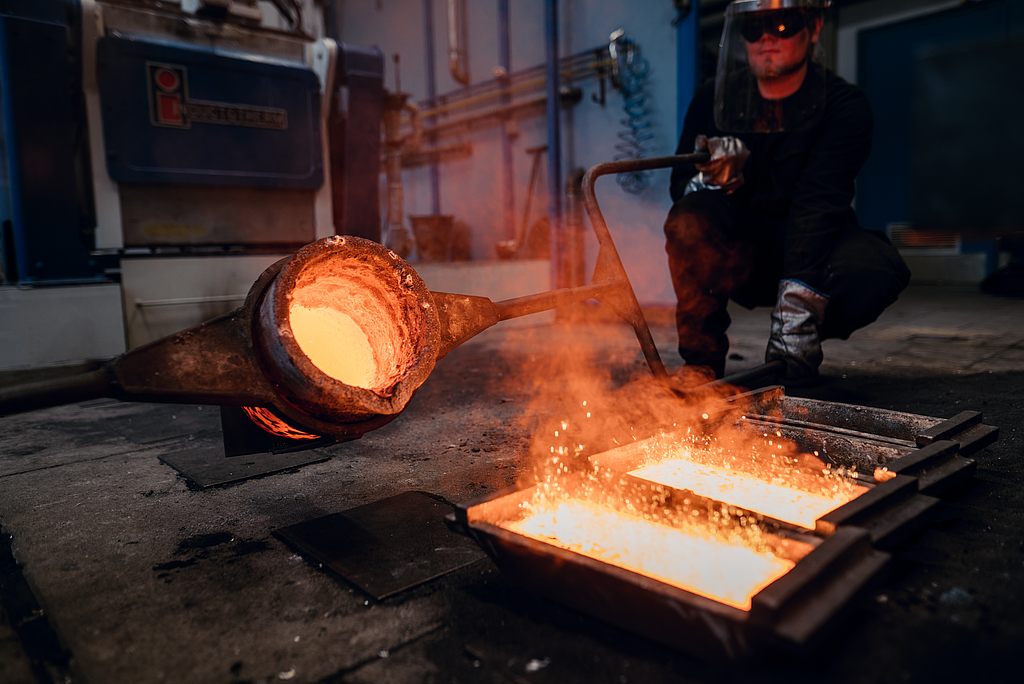KIguss
The aim of the project is to develop AI-based image processing software for microstructure evaluation and innovative enhancement of a casting process simulation. The data-based AI model is to be used to predict component properties and thus increase the performance of cast iron components while at the same time making production more energy- and material-efficient. Thanks to the cooperation between RWP GmbH, Ancud IT-Beratung GmbH, Ansbach University of Applied Sciences and the Foundry Technology Department of the Institute of Metallurgy at Clausthal University of Technology, the ZIM (Central Innovation Program for SMEs) funded project combines the key areas of expertise of simulation, image processing, artificial intelligence (AI) and foundry technology.
The complexity of the interrelationships between the mutual influences of casting, solidification and cooling parameters in the manufacturing process makes it difficult to predict the microstructure and mechanical properties and to evaluate the service life of cast components. Due to the large number of parameters to be considered and the multidimensionality of casting processes, it is not expedient to establish correlations between individual parameters for the uniform evaluation of different casting materials. In addition, the data sets collected are usually incomplete and/or limited to one material, which clearly limits the possibility of a uniform evaluation using simple correlations. By taking into account all influencing parameters in the casting process, AI software solutions enable a multidimensional view of the complex system. In addition, by expanding the data sets provided, the AI software can achieve learning processes that refine the predictive accuracy of the underlying algorithms.
The AI software is based on an extensive database with foundry process parameters for cast iron materials with spheroidal and flake graphite for the holistic mapping of the manufacturing process of foundry components. Data sets from industry and research on casting temperature, solidification time, TA analysis, component geometry, chemical composition, local mechanical component properties and microstructure analysis are compiled for this purpose. The database and numerical models form the basis for simulating the influence of production parameters that are difficult to access on the material properties. In order to achieve the project objectives, the development of a methodology for the combined use of simulation tools and AI/ML methods is being pursued.
Duration: 01.10.2023 – 30.09.2025
Project partners:
- RWP GmbH
- Ancud IT-Beratung GmbH
- Hochschule für angewandte Wissenschaften Ansbach
Cooperation partner:
- Buchholz & Cie. Giesserei GmbH
Funding: ZIM (Zentrale Innovationsprogramm Mittelstand)
Responsible: Felix Mori
